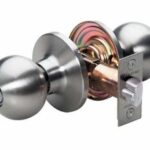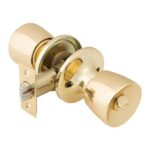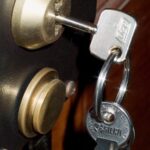When it comes to securing the front door, a well-made conventional front door lock does the job just fine. Tried and true, its inner workings have been perfected for nearly two centuries. But consider this: Thanks to technology, a “smart door lock” can add entirely new dimensions to a lock’s convenience, utility, and security.
Why might you want a smart door lock? Picture this: Your arms are loaded with groceries and, as you approach the front door, the door lock recognizes your smartphone and automatically unlocks. Or maybe you want to grant access to family, friends, guests, Airbnb clients or service providers when you’re not home—so you just text them a code. Or maybe you’re away from home and want to keep track of who opens the door, or be alerted when they do.
A smart door lock accomplishes all of these advanced functions and more thanks to a combination of wireless technologies including Bluetooth and WiFi that give you control over your smart lock from anywhere you can connect to the Internet via the lock’s smartphone app.
You may not need a smart lock, but it’d sure make your life easier and heighten your sense of control and security over your abode when you’re not home.
A Whole New Way to Open Your Door
Once installed and paired via Bluetooth with your smartphone, a smart lock can be locked and unlocked without a key. Depending on the make and model and its feature set, a smart lock can be opened by waving or turning your smartphone in front of the lock, touching the lock with your finger, tapping a control in an app, approaching your door, or even talking to your lock. Some locks can also be programmed to automatically bolt behind you as you leave. Smart locks offer one or a combination of these keyless lock/unlock options.
All smart lock apps also allow you to send virtual “keys” that can be used by family, friends, visitors or service workers only for a specified period of time (the recipient must download the lock’s app to their phone). The app can also alert you about who’s coming and going, and keeps a history of who goes in or out and when.
If your home is equipped with a video doorbell, you can also grant entry to unexpected visitors you can visually vet through real-time video chat.
A smart lock is designed to replace the bolt lock on your front door. Installing it is a DIY process that’s easier than you might expect—usually involving just a few screws. Typically, it can be done in less than an hour. Surprisingly, smart locks don’t cost substantially more than a premium standard key lock—usually from $200 to $250.
Smart locks are battery operated; batteries normally last from six months to a year. You’ll get an alert when the batteries need to be replaced so you don’t get locked out because of no power. New smart locks made by Yale even have external jacks to hook up a 9-volt battery, just in case the internal batteries die unexpectedly.
Smart Lock Differences
The whole idea of a smart lock is only about two years old, and many of the pioneering smart lock makers such as Kevo, August and Goji are start-ups whose initial focus was more gadget innovation than real-world utility. Since the idea is still so new, all smart lock sellers, including traditional lock makers such as Yale, Schlage and Kwikset, are still figuring out the features and functionality we want.
As a result, while smart locks share many functions and virtues, most differ wildly in design and operation.
Some smart locks, like the August, for instance, present a totally blank face to the outside, and can be opened only if your smartphone is deployed or on your person.
Yale’s WiFi plus Bluetooth Assure (See on Amazon) and the WiFi-only Linus both include a touchscreen keypad for alternative entry.
The Kwikset Kevo powered by Unikey ($199.99) looks like a normal lock and can be opened with a traditional key. However, if you’ve got your paired smartphone in your pocket, you can also open it just by touching the lock.
Both the new August ($229) andSchlage Sense Smart Deadbolt ($229) are compatible with Apple’s HomeKit, which means they can be opened via Siri voice command from an iPhone or Apple Watch. The Schlage also includes a keypad.
Browse Smart Door Locks on Amazon
Adding a key option like the Kevo, or a numerical keypad, can be a comforting option to the tech-suspicious. We’ve all experienced wireless connectivity issues, and none of these mishaps could compare with an outage locking you out of your own home. To allay this fear, some smart lock makers are augmenting their wireless-only entry with optional keypads. August is adding a two-column keypad strip, for instance, and Danalock will soon start selling its circular Danapad keypad (price to be announced).
Smart locks don’t provide much of an advantage for apartment dwellers, however, since an outside buzzer limits a smart lock’s remote entry attributes. To help solve this, a company called Ikilock has unveiled its “remote doorman” Ikiplug box, which can remotely trigger your intercom to open the outer building door.
If you’ve got a household with a plethora of comings and goings, the right smart lock may be a smart idea.
Stewart Wolpin is a consumer electronics expert and a contributing writer for eBay.com, a great place to find technology to improve your home.



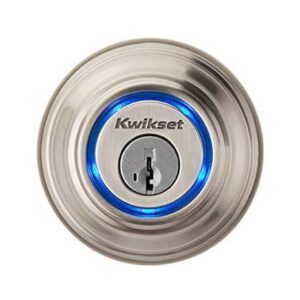
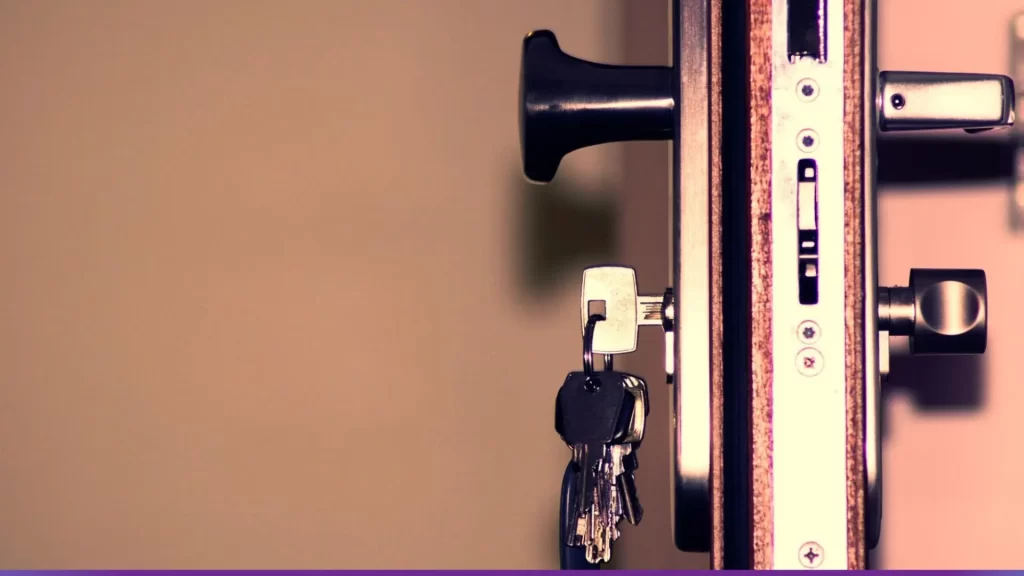


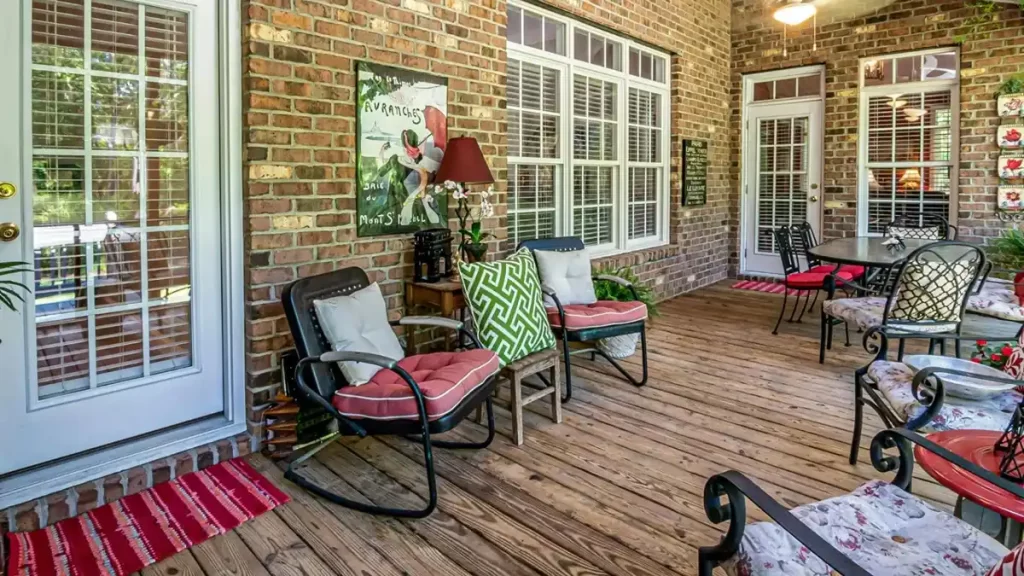
 Don Vandervort writes or edits every article at HomeTips. Don has:
Don Vandervort writes or edits every article at HomeTips. Don has:
